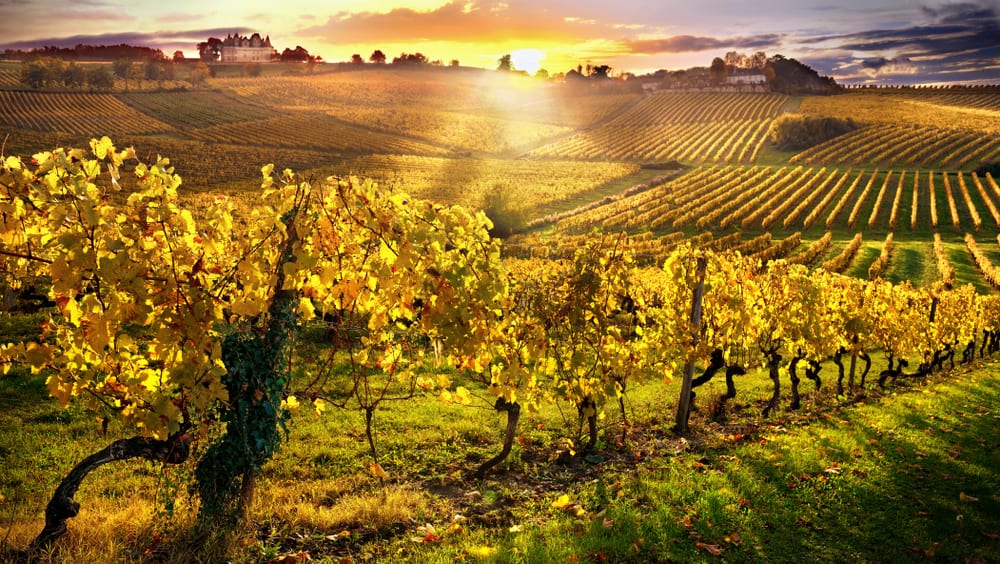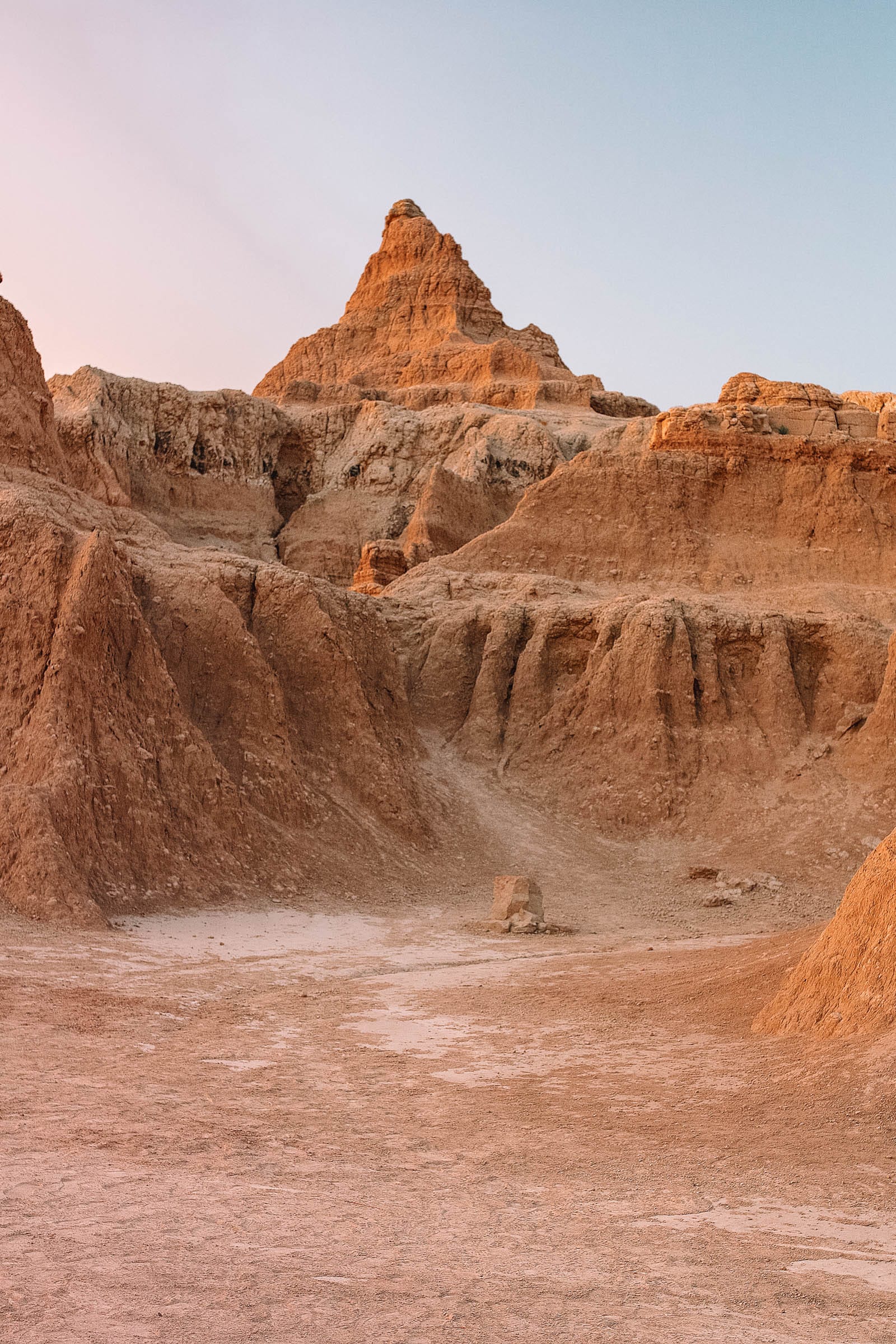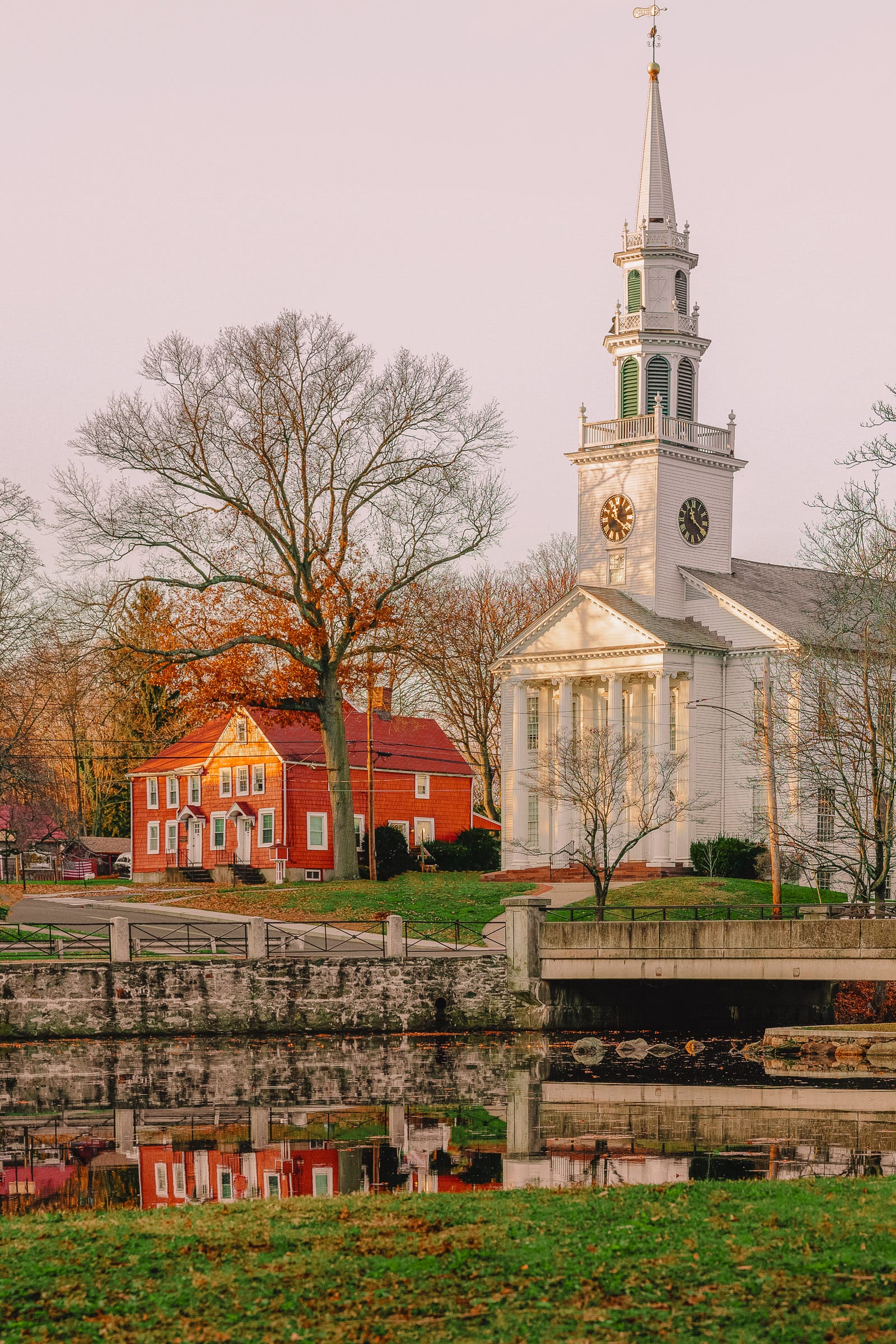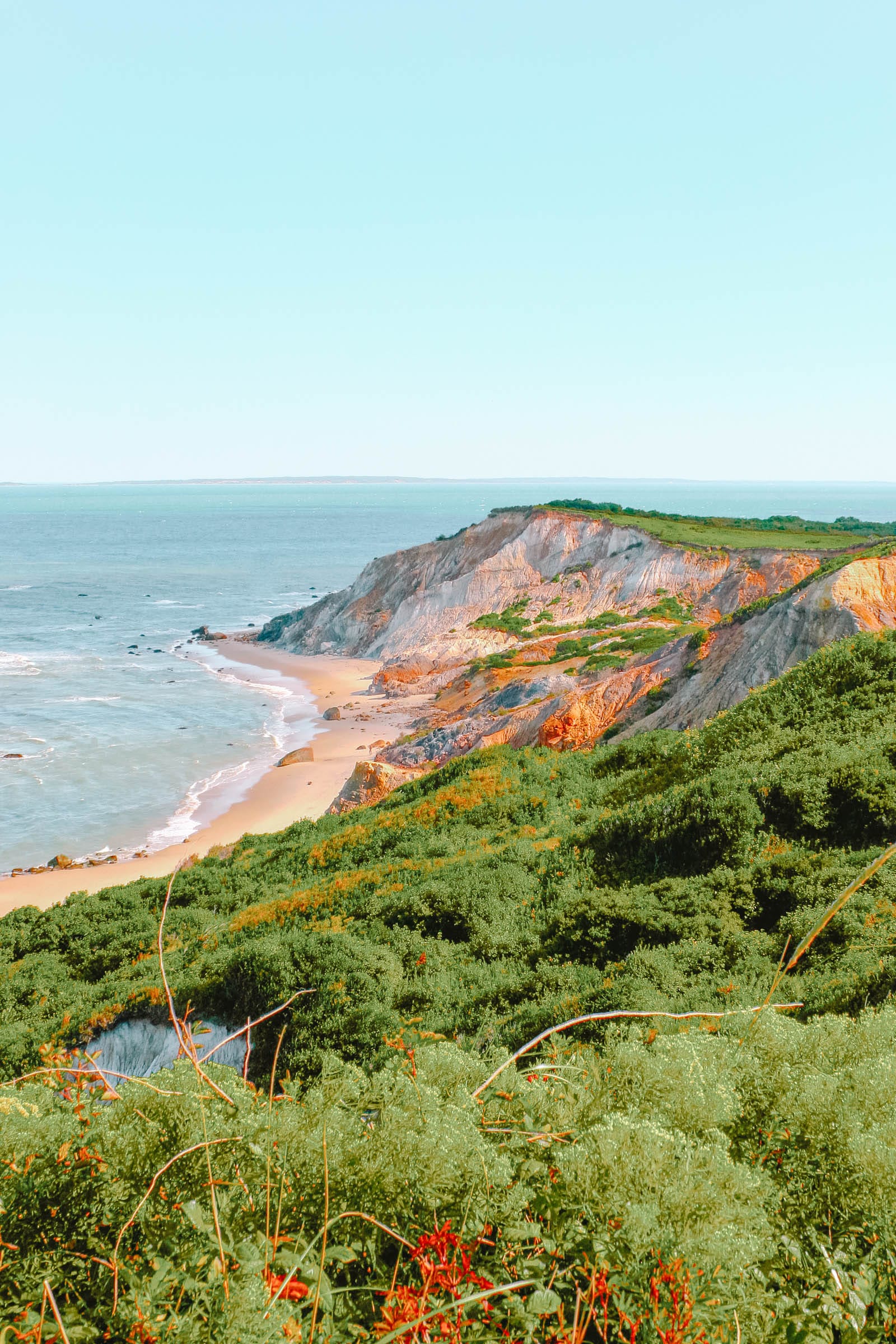Summary
Located along the tranquil Dordogne River, Bergerac is a historical town characterized by its corbelled houses and encompassed by lush countryside featuring vineyards and farms. This vicinity is renowned for its viticulture, offering an abundance of châteaux, cooperatives, and museums to explore, as the wine council for the entire region convenes in a distinguished Renaissance cloister situated in the town.
The river is an essential component of your travel itinerary, providing opportunities for canoe excursions, serene walks, and cruises on traditional barges that historically transported wine along its waters. Bergerac is a name that many recognize, associated with Cyrano de Bergerac, the 17th-century musketeer and author, who, despite never visiting the town, has been commemorated with two statues here.
Let us delve into the most notable attractions in Bergerac:
1. Old Town

Situated on the right bank of the Dordogne, the medieval district of Bergerac consists of a maze of streets that descend towards the river.
Visitors will appreciate the half-timbered structures, such as Maison Gaudra located on Rue des Fontaines, which dates back to the 1300s.
Proceeding down Rue Gaudra, you’ll encounter “Le Cadeau,” a stream that once powered seven water mills in the city and still today operates a hidden hydroelectric facility on Rue des Fontaines.
Place Pélissière derives its name from the fur and leather traders that once operated in this square, where you can admire the Church of Saint-Jacques and gaze up at the wooden platform designed for bell-ringers.
2. Tobacco Museum

Bergerac is home to one of the last tobacco plantations remaining in Europe.
Regardless of one’s views on the industry, the cultivation of this plant has a compelling history.
The museum explores its origins, tracing back over 3,000 years to its initial cultivation, its introduction to Europe following the discovery of the Americas, and its influence on society during the 17th and 18th centuries.
Exhibits include a range of well-preserved artifacts, such as a tobacco pouch and a soapstone pipe crafted by the Sioux Native American tribe.
The museum resides in Maison Peyrarède, a mansion constructed at the transition towards classicism from the Renaissance style.
3. Wine

The Bergerac region features 13 appellations, each with distinct characteristics and personality.
This area produces rosé, red, dry and sweet white, as well as dessert wines, uniquely possessing an equal division between red and white wines in France.
There are more châteaux and wine cellars than could feasibly be explored during one visit.
Many establishments require substantial time for a thorough experience: Châteaux like Court les Mûts in Saussignac offer not only wine tours and tastings but also oenology laboratories and their own wine museums, with cellars functioning as art galleries.
4. Le Cloître des Récollets

The wine council representing the Bergerac and Duras regions—encompassing local producers—conducts meetings in this 17th-century cellar used by monks.
Consequently, this location is essential for those interested in learning about the viticulture and oenology of this distinguished wine-producing region.
The architecture is noteworthy as well, featuring an exquisite wooden Renaissance gallery overlooking the courtyard.
From there, proceed to the “Vinothèquue,” which showcases the historical evolution of this landscape and presents a “sensory table” that allows visitors to experience the fragrances characteristic of Bergerac and Duras wines.
5. Château de Monbazillac

Perched atop a slope rising from the left bank of the Dordogne, Château de Monbazillac is encircled by one of Bergerac’s prime vineyards.
Constructed for defensive purposes in 1550, it boasts stunning views over Bergerac, located merely a few kilometers north.
Visitors can partake in a guided tour of the property, which was acquired by Huguenots in the 1600s and furnished with period decor.
At the end of the tour, guests can enjoy a complimentary tasting of the exquisite dessert wines cultivated from the 25 hectares of vines surrounding the château.
6. Cyrano

The authentic Cyrano de Bergerac was raised near Paris in the 1600s on an estate named after this town, as its 14th-century owner had aided in liberating Bergerac from English conquest during the Hundred Years’ War.
Thus, the connection to this city is somewhat tenuous.
Nevertheless, Cyrano de Bergerac became an iconic figure following Edmond Rostand’s celebrated play in the late 19th century, and he has since been embraced by the city.
Two statues of Cyrano can be found; the larger and more prominent one resides in Place Pélissiére, while the other is situated among timber-framed houses on the charming Rue de la Mirpe.
7. Canoeing

During the summer, a visit to the Dordogne would be incomplete without experiencing a trip on the river.
A variety of companies offer canoe and kayak rentals for full or half days at modest prices.
You have the flexibility of choosing your starting point: in the western region where the river is wide and calm, characterized by flat green banks and numerous spots to anchor your vessel for a meal.
Alternatively, for those desiring a more rugged adventure through rocky limestone ravines, it is advisable to travel east to La Roque-Gageac, where steep hills, dense woodlands, and medieval castles dominate the landscape.
8. Hiking

The surrounding countryside of Bergerac is serene and verdant.
Any hills present are typically gentle and accommodating, such as Monbazillac to the south, located on a plateau with a circular route encircling this quaint village amidst a landscape interspersed with vines.
The tourist office in Bergerac provides comprehensive maps and guidebooks for your convenience.
Alternatively, stay by the river where several itineraries can be explored along the grassy banks, with lush green waters on one side and orchards, meadows, and sunflower fields on the other.
9. Gabarres de Bergerac

Barges have long been a staple on the Dordogne River adjacent to Bergerac, operating in this region for centuries.
To enjoy a leisurely experience on the river, consider boarding one of the heritage barges departing from Quai Salvette during summer.
On a 90-minute cruise, your captain will share insights into the historical life of barge-men, once vital to the wine trade, as well as provide an insider’s history of the city.
As you drift into the countryside, watch for kingfishers, herons, turtles, and various other wildlife along the banks.
10. Lac de Pombonne

While Bergerac is distanced from the ocean, a picturesque lake offers a welcome respite during the hot summer months.
Lac de Pombonne, located just north of the city, features a beach supervised by lifeguards from early July to late August.
This lake is situated within a 50-hectare park, nestled amidst meadows, forests, and farms where sheep and donkeys graze.
Behind the sandy beach, visitors will find picnic tables and lawns, alongside trails for cyclists and hikers, while fishing enthusiasts can access a designated area on the lakeshore.
11. Issigeac

A short distance from Monbazillac lies this charming medieval village adorned with Renaissance and Gothic structures.
Many of these half-timbered houses boast elegant wooden galleries or corbels, lending them a unique, top-heavy appearance. Highlight your visit on Sunday mornings to enjoy the lively atmosphere of one of the region’s finest markets and spend time navigating the labyrinthine streets of the historic center.
Be on the lookout for the Maison des Têtes from the 1400s, featuring sculpted heads on the beams, and the opulent Renaissance castle where the Bishops of Sarlat once resided.
12. Grottes de Maxange

It is likely that you have never encountered caves quite like these, located a short drive upriver from Bergerac.
The Grottes de Maxange feature the typical stalactites and stalagmites; however, visitors are primarily drawn to the surreal crystals adorning the ceilings and walls.
These delicate, spindly formations known as helictites are created through capillary action over thousands of years.
Discovered accidentally in 2000 during quarrying operations, the cave presents a unique spectacle.
13. Bastides

Bastides were small fortified towns rapidly established to populate the countryside during periods of conflict between England and France.
Among the nearest to Bergerac is Puyguilhem, which remains little more than a hamlet but retains remnants of its ancient walls constructed by the English in 1265. Lalinde, located approximately 25 kilometers upriver, was the first English bastide established in 1260. The site witnessed considerable battles during the Hundred Years’ War, and only minimal traces of its origins exist, with remnants of walls visible along the riverside.
Regardless, it remains a picturesque village with a delightful riverside setting.
For a more complete bastide experience, venture further afield to Monpazier, about a 45-minute drive southwest of Bergerac, founded in 1281.
14. Moulin de la Rouzique

Situated between Bergerac and Lalinde, this 18th-century paper mill remains operational, still utilizing a water wheel for power.
This historic site has been producing a blend of hemp, flax, and cotton (referred to as “rag paper”) for nearly 300 years, and the interactive museum guides visitors through every aspect of the process.
Visitors can also try their hand at crafting their own sheet of paper to take away as a souvenir.
Originally functioning as a wheat mill in the 1500s, the paper mill that succeeded it continued operations until the 1980s before transitioning into a heritage museum.
The location and structures are visually stunning, complemented by a charming shop selling the specialty papers manufactured on-site.
15. Food Tours

For those intrigued by the gastronomic delights of the Dordogne and Périgord region, a day filled with memorable culinary experiences awaits.
Your itinerary may include visits to a Trappist dairy, exploring a goat farm specialized in producing chèvre, observing operations at an artisanal vinegar mill, and touring a family-operated Clovis Raymond distillery known for its brandies and liqueurs.
The celebrated Périgord black truffle represents a notable component of local cuisine; visitors can witness the enthusiasm (and wealth) surrounding this prized tuber at the truffle market held in Sainte-Alvère on winter Monday mornings.




